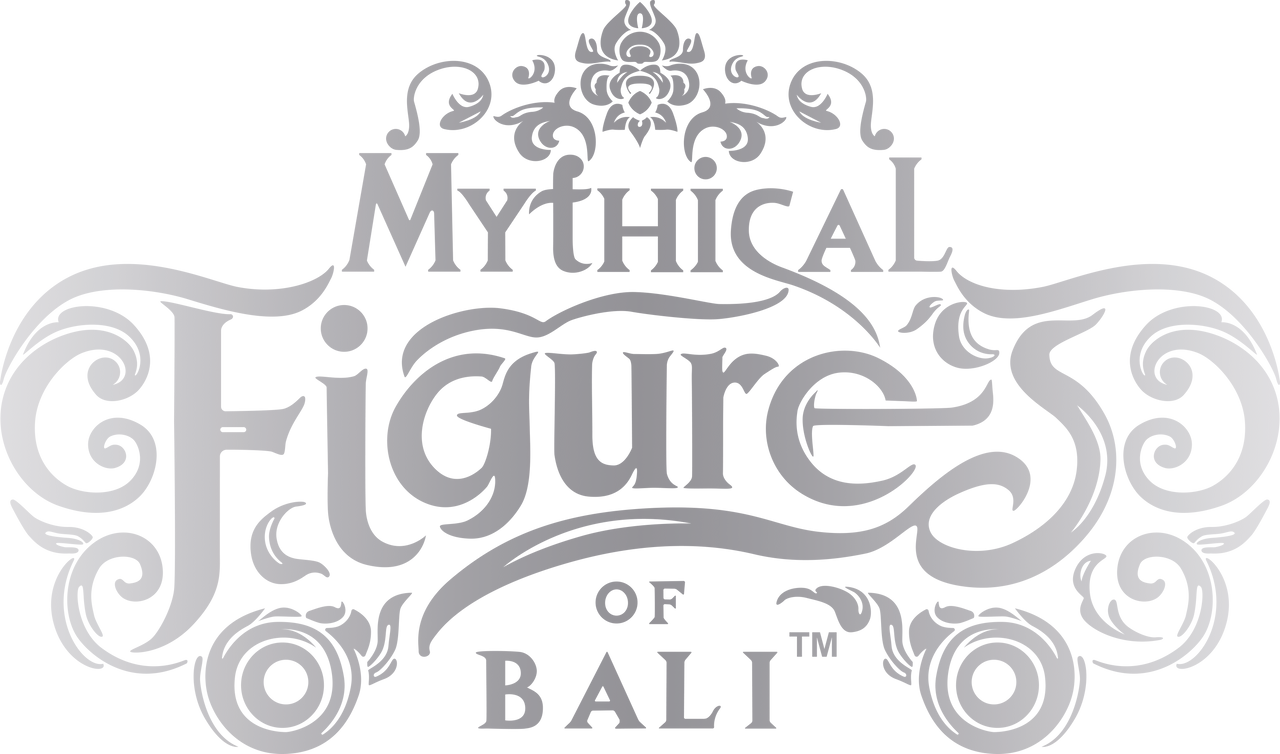Materialise and the Crafting of The Mythical Figures of Bali™: A Fusion of 3D Printing and Traditional Craftsmanship
Creating the Mythical Figures of Bali™ jewelry collection required a blend of age-old craftsmanship and cutting-edge technology. To bring the intricate designs of Balinese mythology into reality with the level of precision we needed, I partnered with Materialise, a world leader in 3D printing technology. Their ability to produce detailed brass master pieces was instrumental in shaping the final look of the collection, which was later cast in silver in Portugal.
Who is Materialise?
Materialise, founded in 1990 and headquartered in Belgium, has long been at the forefront of 3D printing and additive manufacturing. The company’s pioneering efforts span multiple industries, from healthcare to automotive to consumer goods like jewelry. Their unique combination of high-precision 3D printing technology and innovative software solutions allows them to serve designers and manufacturers on a global scale.
For over 30 years, Materialise has specialized in Stereolithography (SLA) and other advanced 3D printing methods. SLA is a form of 3D printing that uses lasers to cure liquid resin layer by layer, resulting in highly detailed models with smooth surfaces—perfect for fine jewelry(
). This technology has been essential for projects where precision and complexity are key, such as the Mythical Figures of Bali™ collection.
The Role of Materialise in The Mythical Figures of Bali™
The creation process for our collection was a collaborative effort that combined Materialise’s 3D printing capabilities with traditional jewelry-making techniques in Portugal. Here’s how it all unfolded:
1. 3D Modeling and Wax Printing
We began by designing the collection’s mythical figures—Barong, Dewi Sri, Drawapala, Hanoman, and Lion—using advanced 3D modeling software. These models captured intricate details that would have been difficult to achieve through hand-sculpting alone. The digital files were then sent to Materialise for printing.
Using their SLA technology, Materialise printed high-resolution wax models of each figure. The precision of SLA allowed us to replicate the fine details of the mythical figures, from Barong’s textured fur to the symbolic carvings on Dewi Sri. This step was essential to ensure that every element of the design was captured before moving on to the next phase.
2. Brass Master Printing
Once the wax models were complete, they were transformed into brass master pieces using lost-wax casting. Materialise’s role was crucial here—producing highly detailed and accurate brass prototypes that would serve as the foundation for the collection’s silver pieces. The combination of digital modeling and precise 3D printing made it possible to produce brass masters that were true to the original designs.
3. Rubber Mold Production in Portugal
After Materialise completed the brass master pieces, they were sent to our Mateus Alvaranga, our silver smith in Portugal, where they were used to create rubber molds for further production. The rubber molds enabled us to replicate the designs consistently in sterling silver, maintaining the same level of intricate detail achieved through the 3D printing process. Additionally, some silver prototypes were cast from these molds to ensure the quality and accuracy of the final product.
4. Oxidation, Polishing, and Finishing
Once the silver prototypes were cast, we applied an oxidized finish to the jewelry pieces. This technique deepened the contrast in the designs, allowing the intricate details to stand out more clearly. After polishing, a protective layer was added to the silver to prevent further oxidation and ensure that the pieces remained brilliant over time.
Why Materialise’s 3D Printing Made the Difference
Working with Materialise brought numerous advantages to the project:
- Unmatched Precision: The SLA printing allowed us to capture incredibly fine details, critical for translating complex 3D designs into physical objects. This level of precision would have been challenging to achieve with traditional methods alone.
- Efficient Prototyping: Materialise’s 3D printing technology enabled rapid prototyping, allowing us to refine and perfect the brass master pieces quickly and efficiently.
- Seamless Integration with Traditional Techniques: The brass master pieces created by Materialise formed the foundation for the rubber molds and subsequent silver casting. By starting with high-quality 3D printed masters, we ensured that the final pieces retained the same intricate details from the digital designs.
- Sustainability: 3D printing minimized material waste and allowed us to use only the necessary resources for each prototype, making the process more environmentally friendly.
About Materialise
Materialise has grown from a pioneering startup to a global leader in 3D printing and software solutions. With over three decades of experience, they continue to push the boundaries of what is possible in design and manufacturing. Their 3D printing services have revolutionized industries, offering precise and scalable solutions for projects that demand accuracy and complexity.
What sets Materialise apart is their ability to combine advanced technology with flexibility. Whether creating highly detailed jewelry prototypes, medical models for surgeries, or automotive parts, their team works closely with designers and manufacturers to ensure that the final product meets the highest standards. Their platform, i.materialise, also allows individual designers to upload 3D models, choose materials, and have their designs printed professionally(
Materialise | 3D Printing Innovators
For more information on Materialise’s 3D printing services, visit their official website.
